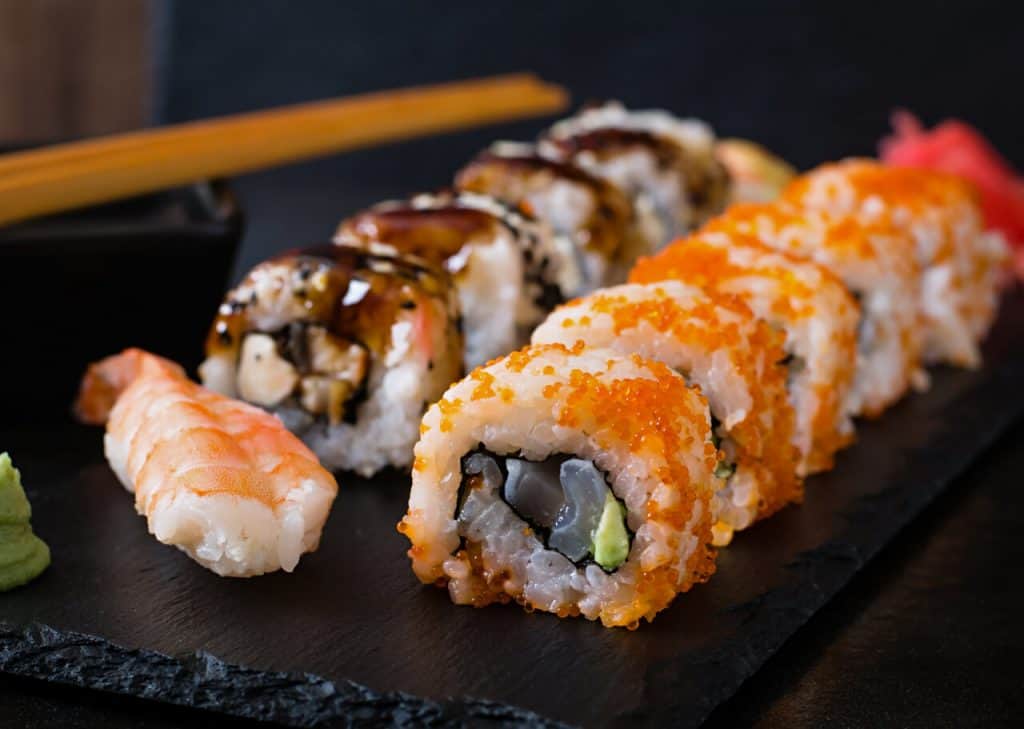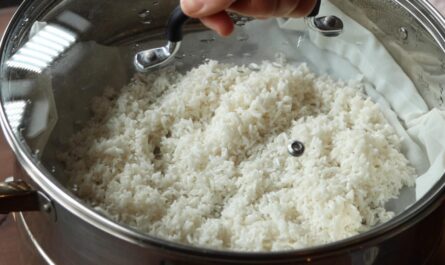When it comes to creating the perfect sushi, the importance of having a mouth-watering sushi seasoning recipe cannot be overstated. Making sushi is an art, and the seasoning is the canvas that can transform ordinary sushi rice into a delectable masterpiece.
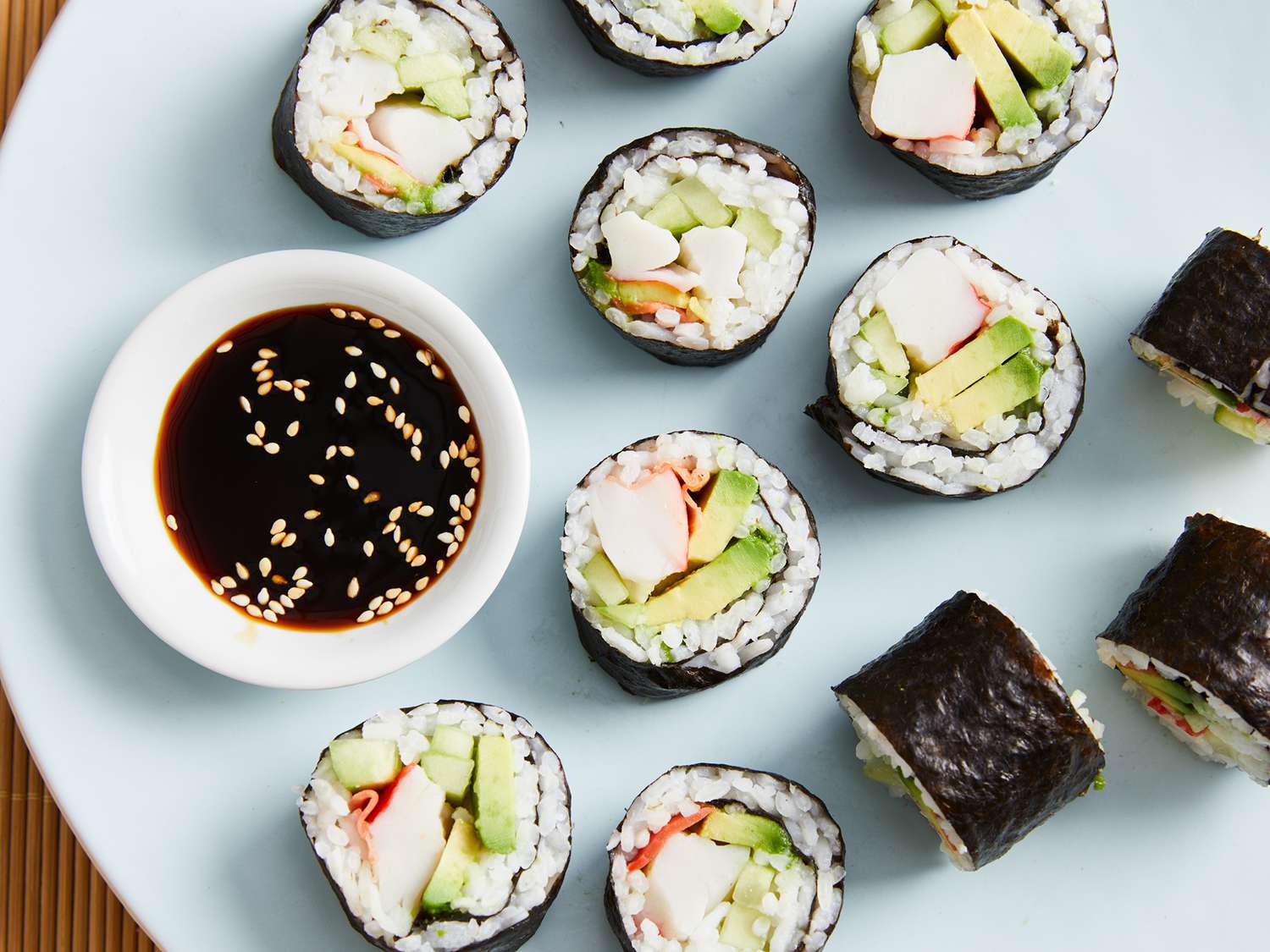
The Role of Sushi Seasoning in Your Sushi Making Journey
Sushi seasoning, also known as ‘sushi-su,’ is integral to the authenticity and flavor profile of sushi. It’s more than just a flavor enhancer; it provides the nuanced balance of sweet, acidic, and salty that makes sushi rice uniquely delicious. Learning the intricacies of making your own sushi seasoning at home can significantly elevate your sushi-making skills, whether you’re a novice or a seasoned home chef.
Key Ingredients for Sushi Seasoning
The fundamental ingredients for a delicious sushi seasoning recipe include basic pantry staples that, when combined, result in the distinct flavor profile that differentiates sushi rice from plain rice. In this recipe, you’ll need:
- Rice vinegar
- Granulated sugar
- Salt
- Optional: kombu (edible kelp) for added umami
Additionally, having the right tools and equipment like a Rice Cooker, Sushi Knife, and Cutting Board will enhance your sushi-making experience.
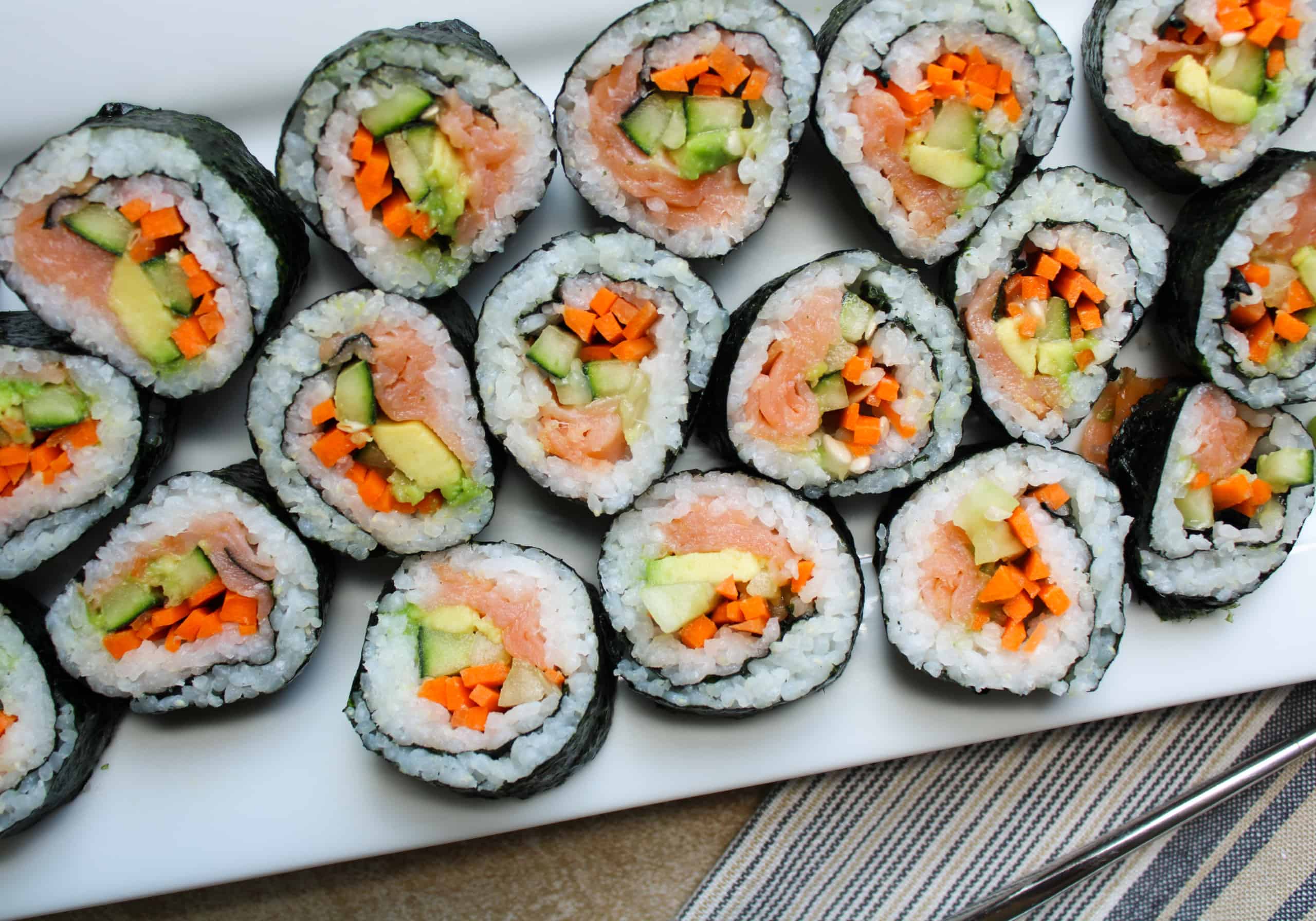
Step-by-Step Guide to Making Sushi Seasoning
Creating your own sushi seasoning involves a few simple but crucial steps. Lets dive into the process to achieve that perfect balance of flavors and texture:Step 1: Gather Your Ingredients
Start with high-quality ingredients. For instance, choose a premium rice vinegar as it forms the base of your seasoning. You will need 1/2 cup of rice vinegar, 1/4 cup of granulated sugar, and 1 tablespoon of salt.Step 2: Dissolution
In a small saucepan, combine the rice vinegar, sugar, and salt. Heat the mixture on low while stirring continuously to ensure the sugar and salt fully dissolve. This should take about 5 minutes. Step 3: Optional Kombu
If you are using kombu, add a 2-inch piece into the mixture while it heats. Kombu adds a layer of umami and complexity to your seasoning. Remove it once the ingredients are fully dissolved.Step 4: Cooling
Allow the mixture to cool to room temperature. Once it’s cooled, your sushi seasoning is ready to be used. You can store it in an airtight container in the refrigerator for up to a month.This basic formula can be adjusted to your taste preference, giving you the flexibility to perfect your sushi seasoning over time.
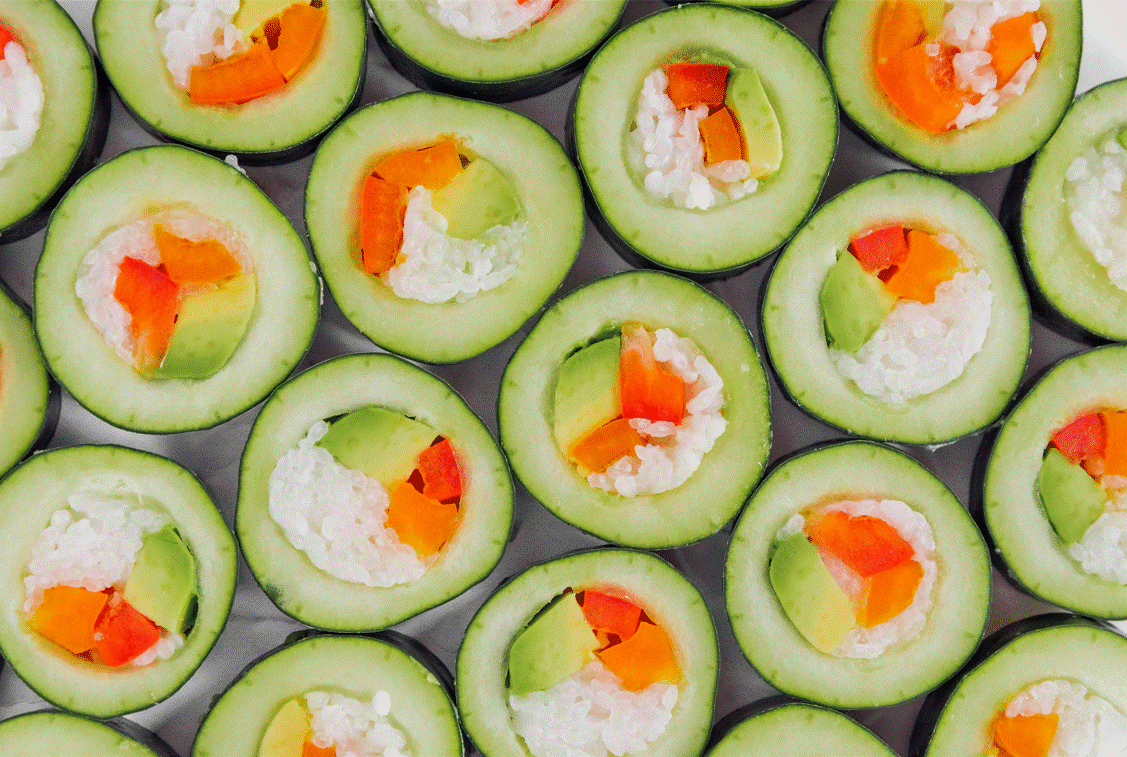
Applying Your Sushi Seasoning to Sushi Rice
Properly seasoning your sushi rice is critical. Here’s a step-by-step on how to do it right:Step 1: Cook the Rice
For this, use a high-quality short-grain sushi rice and a Rice Cooker. Rinse the rice until the water runs clear, then cook as per the instructions on the rice cooker.Step 2: Season the Rice
Once the rice is cooked, transfer it to a Sushi Making Kit or a wide non-metallic bowl. While the rice is still hot, pour your prepared sushi seasoning over it evenly. Use a cutting and folding motion with a Sushi Knife or spatula to mix. Avoid overmixing, as you dont want to mash the grains.Step 3: Cool the Rice
Fan the rice as you mix to cool it down, which gives it a nice glossy finish. This step is crucial as it not only cools the rice but also helps in evenly distributing the flavor.Proper seasoning and cooling will give your sushi rice that perfect texture and taste youre aiming for.
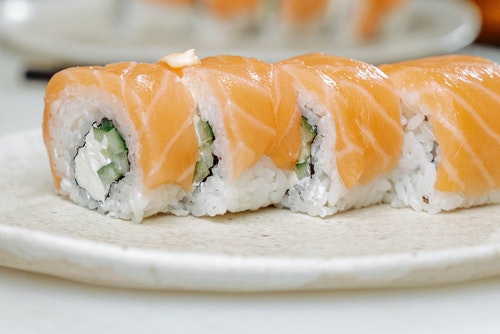
Why Homemade Sushi Seasoning?
Creating your own sushi seasoning has several advantages:Quality Control: You have control over the ingredients and their quality. Customization: You can adjust the seasoning to match your personal taste preferences. Cost-Effective: Making your own sushi seasoning is often less expensive than buying pre-made options.Making sushi at home can be a fulfilling culinary adventure, and crafting your sushi seasoning is a significant part of that journey. With every batch, you might tweak the ingredients slightly, finding your unique culinary signature.
Other Sushi Recipes to Explore
Once you’ve mastered your sushi seasoning recipe, you may want to explore a variety of sushi rolls that utilize perfectly seasoned rice. Check out these other sushi recipes for inspiration:Volcano Roll
Deep-Fried Roll
Lobster Roll
California Roll
FAQs About Sushi Seasoning
Q1: Can I use any type of vinegar for sushi seasoning?
Its best to use rice vinegar for sushi seasoning. Other types of vinegar, like white or apple cider vinegar, can alter the flavor profile significantly, often resulting in a taste that isn’t authentic.Q2: How long can I store homemade sushi seasoning?
Homemade sushi seasoning can be stored in an airtight container in the refrigerator for up to a month. Q3: Can I make sushi seasoning without sugar?
The sugar balances the acid in the vinegar and creates a subtle sweetness that is characteristic of sushi rice. However, you can reduce or replace it with a sugar substitute if necessary, though the flavor profile will change.Q4: Do I need to use kombu in my sushi seasoning?
Kombu is optional, but it adds a depth of umami flavor. If you cannot find kombu, your sushi seasoning will still be delicious without it.Creating your own sushi seasoning is a step towards making restaurant-quality sushi at home. These subtle flavors can make a world of difference in your sushi-making endeavors.
Keeping Your Tools in Top Shape
Maintaining the tools you’ve used in your sushi-making adventure is essential for their longevity and performance. After crafting your delightful sushi, don’t forget to clean and care for your tools properly using a Cookware Cleaner and Cutting Board Oil. Proper maintenance ensures that your sushi-making sessions remain enjoyable without any hitches.
As an Amazon Associate, I earn from qualifying purchases.

